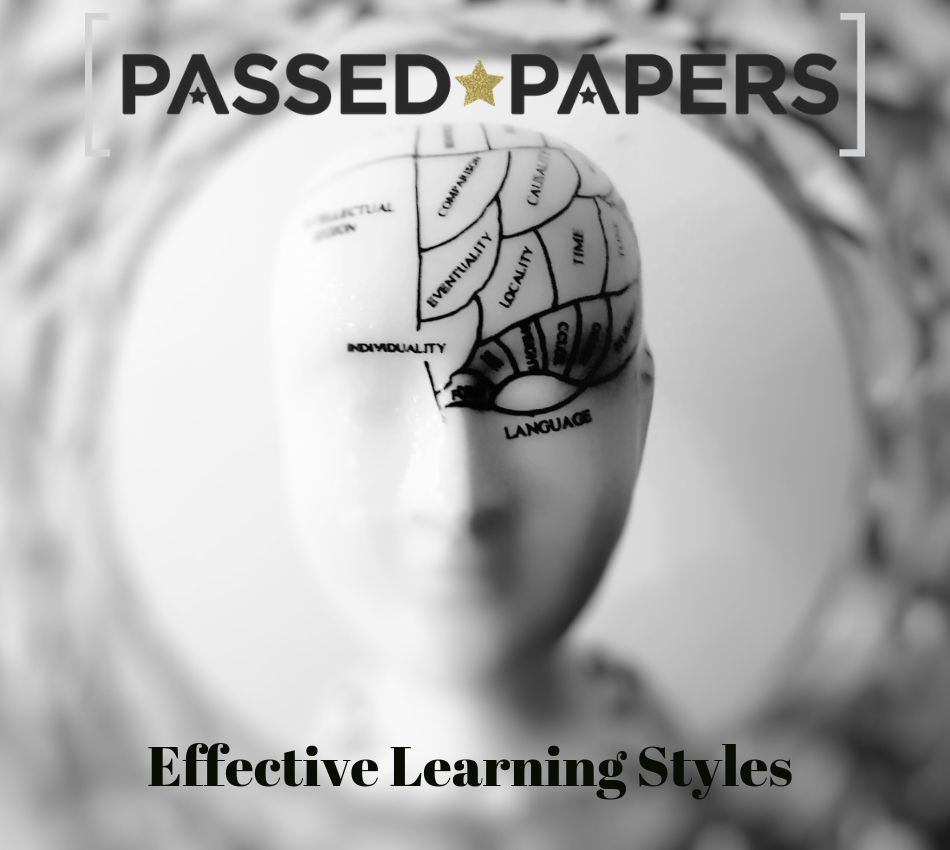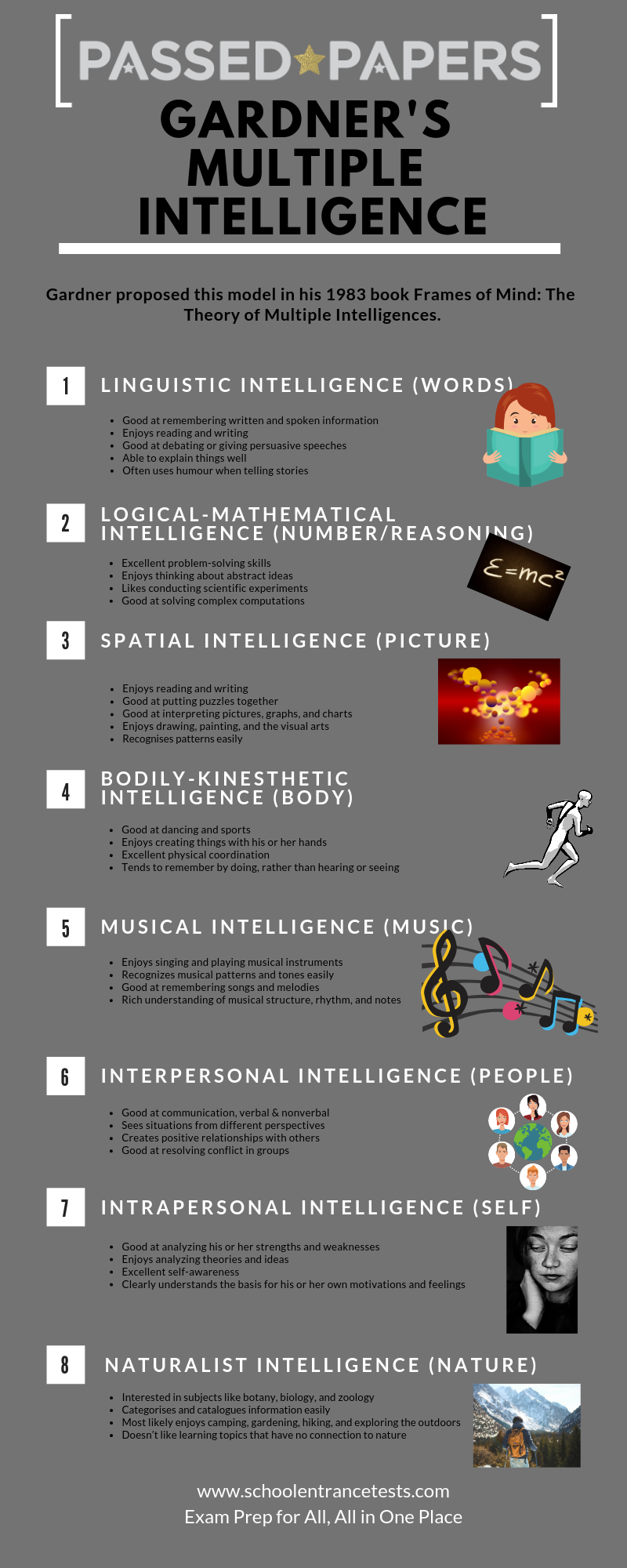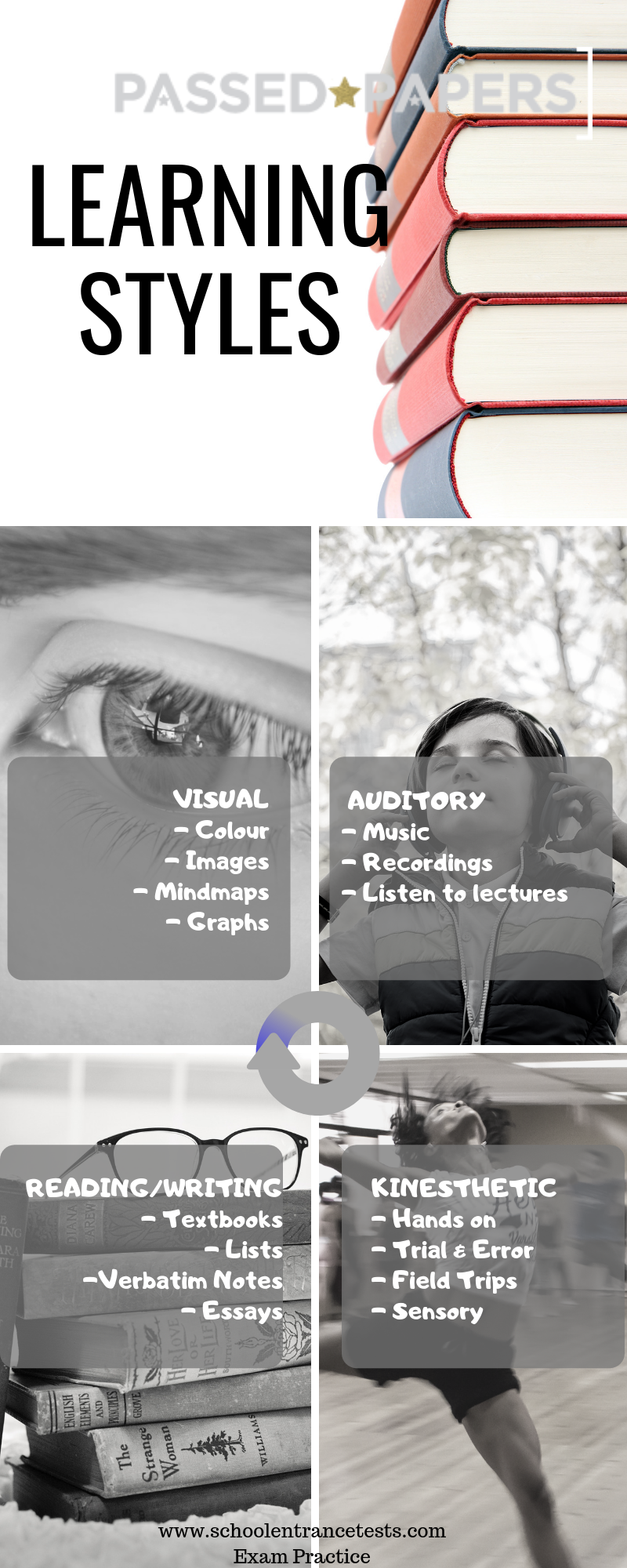Welcome to Mosaic’s assessment specialist article on learning skills and how to identify CAT4 learning styles.
Learning styles
We also take a closer look at how your child can reach their full potential by finding their own learning style. We all think differently, perceive differently and learn differently. To learn your own preferences and in making learning fun, not only creates a happier child but breeds confidence. In addition to this, it might just cultivate an internal locus of control and help your child perform according to their potential.
Most popular cognitive skills assessments (standardised for school use)

Effective Learning Styles.
The biggest and most worthwhile skill to acquire is that of effective learning. Not facts or formulas or theories, but learning to learn and absorb information in different situations. This is however very difficult to teach if the expectation is that of regurgitating information.
Educational institutions like schools have a responsibility to teach children to learn and make sense of information. However, sadly, the only way to test this learning is to present learners with information and then test whether they have learnt that. Mostly through standardised tests. Unfortunately, through this system, the emphasis is now moved to the information learnt instead of finding and encouraging each child to learn the way that is best for them.
Intelligence
The academic world has become preoccupied with ‘proving IQ’ through standardised tests when there still isn’t really a sufficient definition of intelligence. Subsequently, there have been years of debate on this exact issue. Psychologists have now (mostly) agreed that intelligence is related to adaptation to the environment. Therefore, the capacity for change is a good measure for this.
Encyclopedia Britannica defines intelligence as: Human intelligence, mental quality that consists of the abilities to learn from experience, adapt to new situations, understand and handle abstract concepts, and use knowledge to manipulate one’s environment.
However, to effectively adapt to new situations, require you to draw on a number of cognitive processes. These include:
- perception,
- learning,
- memory,
- reasoning
- problem-solving.
Learning as a part of intelligence
Therefore, learning is a big part of ‘intelligence’. Effective learning will also influence all these other processes. With effective learning, you will remember better and be able to use information learnt before. Improving your ability to reason and solve problems.
However, there are various other theories relating to intelligence. One of these that have a lot of impact on learning and learning styles is Howard Gardner’s theory of multiple intelligences. Gardner proposed this model in his 1983 book Frames of Mind: The Theory of Multiple Intelligences.
- Linguistic intelligence (words)
- Logical-mathematical intelligence (number/reasoning)
- Spatial intelligence (picture)
- Bodily-Kinesthetic intelligence (body)
- Musical intelligence (music)
- Interpersonal intelligence (people)
- Intrapersonal intelligence (self)
- Naturalist intelligence (nature)
 Learning Styles
Learning Styles
There is also a lot of talk about learning styles. Subsequently, there are many different theories on learning styles, dating back to the 1970’s. As with most theories, there is also criticism of most of these learnings styles.
To name a few:
Kolb’s Experiential learning
- Accommodator = Concrete Experience + Active Experiment,
- Converger = Abstract Conceptualization + Active Experiment,
- Diverger = Concrete Experience + Reflective Observation,
- Assimilator = Abstract Conceptualization + Reflective Observation
Honey & Mumford’s Learning Styles Inventory
- Activist.
- Reflector.
- Theorist.
- Pragmatist.
Grasha-Reichmann Learning Style Scale
- avoidant.
- participative.
- competitive.
- collaborative.
- dependent.
- independent.
VARK Learning Styles
Probably one of the best superpowers to have would be to be able to learn anything quickly and also effortlessly. However, everyone’s approach to this should be different. Only because we are all different.
Although current educational systems are mostly focused on presenting information in an auditory manner, children don’t all learn best like that. There has been a lot of progress from Victorian times. Our children are no longer sitting in wooden benches facing a blackboard. There is a lot more interaction and room for creativity in the classroom. It is therefore much easier to integrate most of these learning styles into teaching. However, it is not so easy to do this for a whole class when the learners can also be so diverse. Therefore it is a good idea for parents to be aware of this, get to know their children and support them at home.
However, there are many variations of learning styles, elements of learning styles and how to support each best. You can narrow all styles down to the 3 basics or Barbe & Colleagues’ VAK styles:
- Visual.
- Auditory.
- Kinesthetic.
The VARK learning styles have gained a lot of support:
- Visual/Spatial – learn best through what they see.
- Aural – learn best through sound or music.
- Reading/Writing – learn best through reading and/or writing.
- Kinesthetic – learn best through movement.
These styles are also not exclusive overlap in different ways to show combinations of these learning styles.
To find out what your or your child’s predominant learning style is, have a look at the VARK website and complete the easy questionnaire. However, for further guidance see if the VARK strategies could help your child enjoy learning more. You will also find separate strategies for each learning style.
Other theories of learning
However, if VARK doesn’t do it for you, you can also have a look at this learning style questionnaire.
The human behaviourist Scott Black had a look at Gardner’s theory of multiple intelligences and came up with the following 8 learning styles associated with these.
- The Linguistic Learner. (combination of Aural & also Reading/Writing)
- Naturalist.
- The Musical or Rhythmic Learner.
- Kinesthetic Learner.
- The Visual or Spatial Learner.
- Logical or Mathematical Learner.
- The Interpersonal Learner. (Solitary)
- Intrapersonal Learner. (Social)
There are also elements that affect these learning styles. These elements, therefore, refer to the following:
- Environmental: sound, light and also seating, etc
- Physiological: needs to move around/sit still, time of the day, sustenance
- Psychological: analytical or creative approach, concentration etc
- Sociological: working alone or in a group, needs an authority figure around
- Emotional: motivation, structure
CAT4 learning skills Conclusion
Whether your child is a visual, auditory or kinesthetic learner, there are always ways to help them. Our general model of education subsequently favours the auditory and often the visual child. Unfortunately, the kinesthetic learner often struggles to adapt to this auditory/visual environment. Not only do they struggle to meet academic goals, but they often struggle with confidence. In a system where you need to sit still and focus, movement is frowned upon.
To include the kinesthetic learner, we however sometimes have to think deep and come up with innovative methods. We have to think outside the proverbial box. It is often these kinesthetic learners that have the most problems fitting into a world where children are forced to sit still and pay attention. Trying to conform to a system of ideas that do not make sense to them.
Our CAT4 videos
What does each CAT4 sub-test involve?
Each CAT4 test battery consists of eight short CAT4 sub-tests with each focusing on different cognitive abilities. You can find test practice for each CAT4 sub-test at these CAT4 skill section-by-section CAT4 links:
- CAT4 Figure Classification test practice
- and CAT4 Figure Matrices practice tests
- CAT4 Verbal Classification test practice
- and CAT4 Verbal Analogies practice tests
- CAT4 Number Analogies test practice
- and CAT4 Number Series practice tests
- CAT4 Figure Analysis test practice
- and CAT4 Figure Recognition practice tests
You can learn how to improve each CAT4 sub-test scores in the next CAT4 section below.
Learn how to improve your CAT4 sub-tests scores
- How to improve your Figure Classification CAT4 score
- Learn how to improve your Figure Matrices CAT 4 result
- How to improve your Verbal Classification cat4 score
- Learn how to improve your Verbal Analogies CAT4 result
- How to improve your Number Analogies CAT4 score
- Learn how to improve your Number Series CAT4 result
- How to improve your Figure Analysis CAT4 score
- Learn how to improve your Figure Classification CAT4 result

